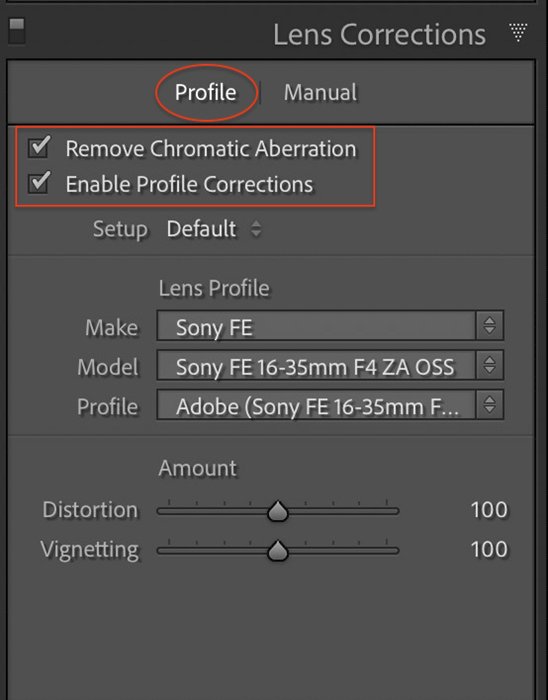
Some manufacturers use their own designations to avoid this confusion, for example Singh-Ray has a warming filter which they designate A‑13, which is not a Wratten number. This is according to that manufacturer's idea of how best to warm a scene, and depending on the dyes and layering techniques used in manufacturing.

Many manufacturers make filters labeled as 81B with transmission curves which are similar, but not identical, to the Kodak Wratten 81B.

For example, an 81B warming filter is a filter used to slightly " warm" the colors in a color photo, making the scene a bit less blue and more red. This is especially true for filters used for aesthetic (as opposed to technical) reasons. įilters made by various manufacturers may be identified by Wratten numbers but not precisely match the spectral definition for that number. Wratten filters are also used in photomicrography. For imaging interference filters are used. Color filters for visual observing made by GSO, Baader, Lumicon, or other companies are actually Wratten filters mounted in standard 1 + 1⁄ 4 in (32 mm) or 2 in (nominal, 48 mm actual) filter threads. Wratten filters are often used in observational astronomy by amateur astronomers.
#Color correction system lens license
They remain in production, and are sold under license through the Tiffen corporation.

Mees sold their company to Eastman Kodak in 1912, and Kodak started manufacturing Wratten filters. They are named for the founder of the first photography company, British inventor Frederick Wratten. The number denotes the color of the filter, but is arbitrary and does not encode any information (the 80A–80D are blue, the next filters in numerical order, 81A–81EF, are orange) letters almost always increase with increasing strength (the exception being 2B, 2A, 2C, 2E). Wratten numbers are a labeling system for optical filters, usually for photographic use comprising a number sometimes followed by a letter. Kodak Wratten filter 80A in its original packaging


 0 kommentar(er)
0 kommentar(er)
